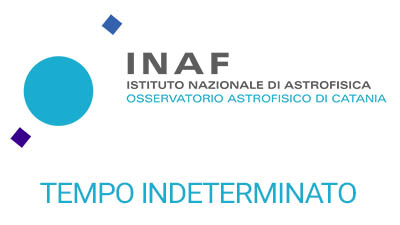D.D. 262/2025 Concorso pubblico, per titoli ed esame, ai fini del reclutamento di una unità di personale con il profilo di “Ricercatore”, Terzo Livello Professionale, con contratto di lavoro a tempo determinato e regime di impegno a tempo pieno, della durata di 12 mesi, eventualmente prorogabile, dal titolo “Analisi di spettri di stelle giovani in ammassi e regioni di formazione stellare”
Concorso pubblico, per titoli ed esame, ai fini del reclutamento di una unità di personale con il profilo di "Ricercatore", Terzo Livello Professionale, con contratto di lavoro a tempo determinato e regime di impegno a tempo pieno, della durata di 12 mesi, eventualmente prorogabile, dal titolo “Analisi di spettri di stelle giovani in ammassi e […]







